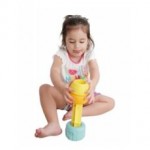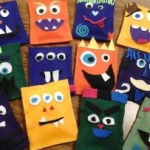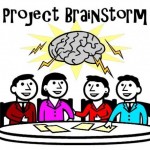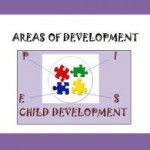
While I teach lessons on birth defects early in the year when talking about pregnancy, I like to spend more time at the end of the year in a special topics unit teaching about special needs children. This is one of those areas that I love to teach and students really need to be more aware and understanding about because they never know if this will be something that will affect them as future parents or with a family member or something they will need to know because of job or career interests in day care, education or even therapy.










